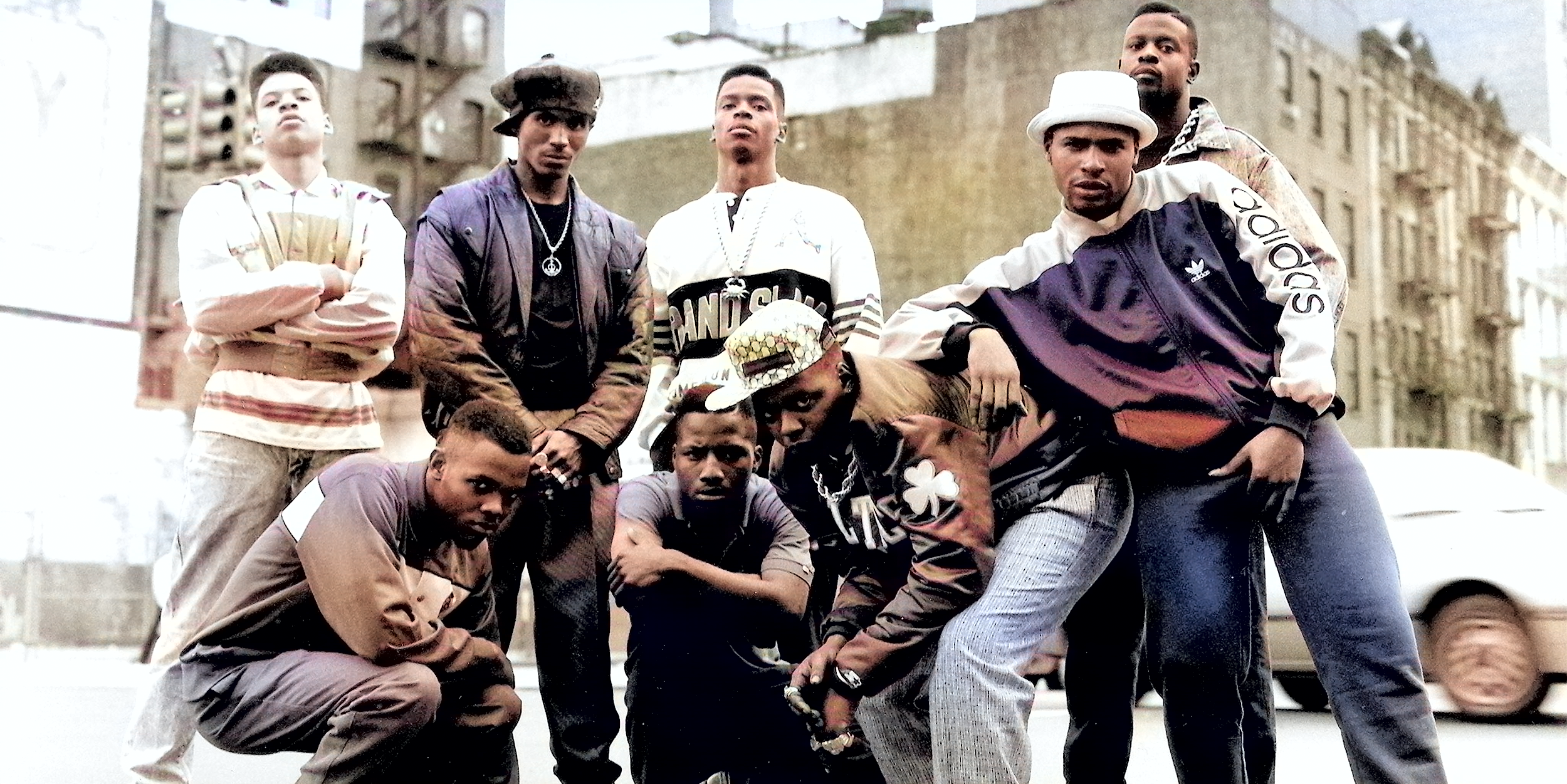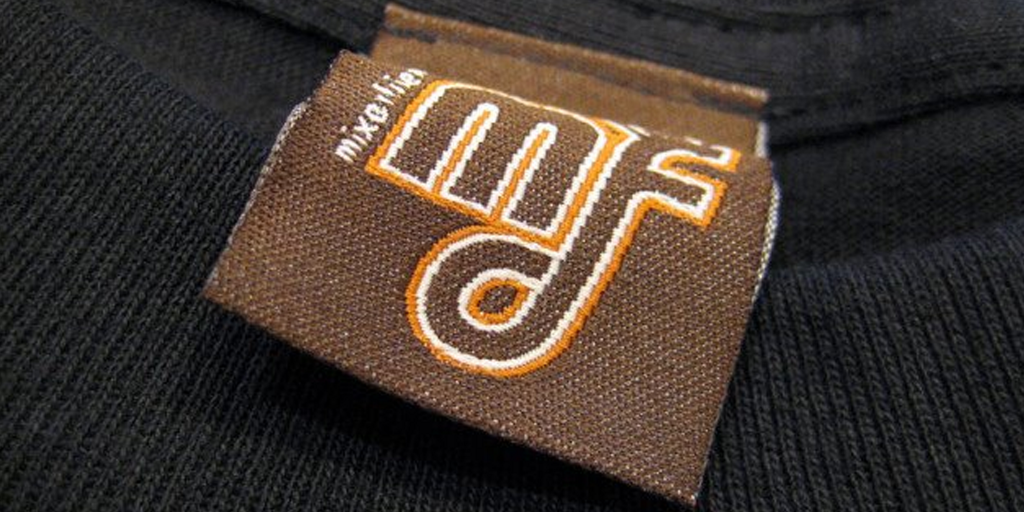Introduction: The Intersection of 90s Hip-Hop and Streetwear Fashion
The 1990s marked a transformative period where hip-hop transcended its musical roots and intertwined with streetwear to craft an enduring cultural identity. Hip-hop artists became tastemakers, bringing oversized jeans, baggy hoodies, and bold logos into the mainstream. Brands like FUBU, Cross Colours, and Karl Kani found their way into the wardrobes of fans through lyrics, music videos, and live performances.
Iconic accessories—like bucket hats, oversized gold chains, and sneakers—elevated the aesthetic. The DIY attitude of streetwear paralleled hip-hop’s grassroots origins, connecting global youth through self-expression. The synergy of music and fashion created a movement that shaped entire cultural narratives.
The Rise of Hip-Hop Culture: Setting the Stage for Streetwear
The 90s marked a pivotal moment where hip-hop culture exploded beyond music, shaping language, art, and, most notably, fashion. Hip-hop artists became style icons, rocking baggy jeans, oversized hoodies, and Timberland boots, which seamlessly blended function with rebellion. The streets became runways where individuality reigned supreme.
Major brands like Adidas, Puma, and Nike rode this wave, merging urban aesthetics with sportswear. Labels such as FUBU, Karl Kani, and Cross Colours emerged, designed by and for the culture. Influenced by DJs, graffiti artists, and B-boys, this trend set the foundation for streetwear’s eventual mass cultural takeover. Fashion and music were now inseparable.
Key 90s Hip-Hop Artists and Their Influence on Fashion
The 90s marked an era where hip-hop artists became trendsetters, blending music and fashion. Influential figures like Tupac Shakur embraced baggy jeans, bandanas, and Timberland boots, symbolizing a raw, street-inspired style. The Notorious B.I.G. popularized luxurious streetwear, favoring Coogi sweaters, Versace shades, and Kangol hats, merging opulence with the streets.
Groups like Run-D.M.C. partnered with Adidas, making shell-toe sneakers and tracksuits cultural staples. Aaliyah’s tomboy chic, with crop tops and oversized pants, served as a blueprint for blending femininity with streetwear. Meanwhile, Wu-Tang Clan brought rugged, martial-arts-inspired looks into urban fashion.
Hip-hop’s clothing choices delivered messages of identity and self-expression that reshaped 90s streetwear permanently. These artists didn’t just wear fashion; they created it, cementing their lasting impact on how street style evolved.
Brands That Defined the Golden Era of Streetwear
The 90s showcased bold brands that seamlessly blended hip-hop culture with streetwear fashion, becoming iconic symbols of the era.
• Tommy Hilfiger: Loved by hip-hop artists like Aaliyah and Snoop Dogg, this brand’s oversized designs and colorful logos became a streetwear staple.
• FUBU: “For Us, By Us” embodied the essence of Black culture, earning respect through support from legends like LL Cool J.
• Karl Kani: Known as “the godfather of urban fashion,” the brand brought a high-fashion edge to streetwear.
• Cross Colours: Celebrating inclusivity and bold colors, it championed social messages in its designs.
• Nike and Adidas: Sneakers became cultural symbols, thanks to collaborations with major artists and athletes.
The Role of Music Videos in Showcasing Streetwear Trends
Music videos during the 90s emerged as powerful tools for promoting streetwear fashion. These visual representations of hip-hop culture acted as dynamic showcases for brands and unique styles popularized by artists. Audiences were captivated by rappers flaunting oversized jerseys, baggy pants, and bold accessories, turning their outfits into trend-setting phenomena.
Influences Seen in Music Videos:
• Brand Endorsements: Iconic brands like Tommy Hilfiger and Adidas gained prominence.
• Accessories Spotlight: Gold chains, bucket hats, and sneakers captured viewers’ attention.
• Group Representation: Crews dressed in similar streetwear emphasized unity.
Music videos also gave fans direct exposure to vibrant streetwear, inspiring fashion enthusiasts to emulate their favorite stars’ looks, blending artistic expression with everyday clothing.
Baggy Jeans, Oversized Tees, and Sneakers: The Iconic 90s Aesthetic
The 90s style was all about self-expression and individuality, leaving a mark on streetwear fashion that still resonates. Baggy jeans became the ultimate rebellion against stiff, fitted clothing, offering comfort and a laid-back vibe. Oversized t-shirts, often adorned with bold graphics or logos from hip-hop labels and street brands, reflected the growing influence of urban music culture. Sneakers weren’t just footwear; they became statement pieces. Models like Air Jordans and Puma Suedes dominated the scene, giving wearers instant cred. This trio of style staples encapsulated the 90s essence, effortlessly bridging music, fashion, and street culture into one cohesive look.
The Influence of 90s Streetwear on Modern Fashion
The 90s streetwear era became a blueprint for today’s fashion. Bold graphics, oversized fits, and vivid colors defined a carefree expression that resonates even now. Modern designs heavily incorporate these elements, blending retro vibes with contemporary twists.
Brands like Supreme and Off-White thrive on the nostalgia of graffiti-inspired art, baggy silhouettes, and bold logos. Streetwear staples such as bucket hats, chunky sneakers, and tracksuits remain wardrobe favorites. Designers seamlessly weave these classics into high-fashion runways, making urban culture a global trend.
90s hip-hop icons like Tupac and Biggie shaped this style, inspiring today’s collections. The fusion of individuality, comfort, and bold aesthetics continues to dominate contemporary wardrobes. Modern collaborations between streetwear brands and luxury labels further cement its lasting legacy.
Collaborations Between Hip-Hop Stars and Streetwear Brands
The 90s saw hip-hop legends aligning with streetwear brands, creating iconic partnerships. Hip-hop artists, known for bold fashion choices, became walking billboards for urban clothing labels. Brands like FUBU and Cross Colours thrived by partnering with rap stars such as LL Cool J and Tupac, cementing their authenticity in street culture.
Rappers like Wu-Tang Clan developed their own apparel lines, bridging music and fashion further. Meanwhile, brands like Karl Kani and Phat Farm let artists co-create designs, blending street style with personal flair. These collaborations blurred the line between music and fashion, birthing timeless trends that linger today.
How Streetwear Became a Symbol of Authenticity and Rebellion
Streetwear emerged as more than just casual clothing; it reflected cultural defiance and individuality, particularly influenced by 90s hip-hop. Originating from inner-city youth, it became a voice for those pushing against societal norms. Iconic brands like FUBU, Karl Kani, and Cross Colours echoed messages of self-expression.
Hip-hop artists, such as Tupac and Aaliyah, transformed oversized hoodies, baggy jeans, and sneakers into bold statements. Their fashion choices mirrored resilience and authenticity.
Streetwear’s rise wasn’t just fashion—it was rooted in movements that rejected conformity. Youth embraced it for its relatability. Today, it remains tied to rebellion and raw culture.
Lasting Legacy: How 90s Hip-Hop Shaped Today’s Fashion Industry
The 90s hip-hop scene didn’t just shift music; it redefined fashion in ways still felt today. From oversized jeans to gold chains and bucket hats, the influence of hip-hop artists rippled across global trends. Brands like Tommy Hilfiger, FUBU, and Timberland became synonymous with street credibility.
Major luxury brands even adapted, collaborating with rappers to stay relevant. Iconic figures like Tupac and Aaliyah made bold statements, blending rebellion and style. Today’s sneaker culture thrives thanks to this era’s love for Jordans and Adidas. The 90s laid the foundation for the seamless fusion of luxury and streetwear we see dominating runways and closets.
Conclusion: The Enduring Power of 90s Hip-Hop in Streetwear Culture
The 90s hip-hop scene revolutionized streetwear with its unapologetic confidence and unique aesthetics. From oversized pants and bold logos to sneaker culture, the movements from that decade continue to echo today. These influences remain visible in:
• Graphic-heavy designs: Iconic imagery and statements from the era still inspire modern collaborations.
• Athletic-meets-trendy looks: Classic sportswear brands maintain their partnership with hip-hop innovators.
• Customization and individuality: The culture’s emphasis on self-expression persists in today’s personalized designs.
Hip-hop laid the foundation for streetwear’s global appeal, proving authenticity and creativity are timeless in shaping fashion culture.


